Blog
Discover the four layers of the forest—and the animals living in it
Read moreIncredible animal instincts
What does it mean for a behavior to be instinctual? What different types of instincts do animals have? What are some of the most fascinating or unique instincts that animals have in the world?
All your questions about animal instincts are answered here. We will discuss how animal instincts have evolved, the different purposes they serve, and how they might cause conflicts between humans and wildlife. We’ll also take a look at some examples of amazing animal instincts that show just how strong they can be.
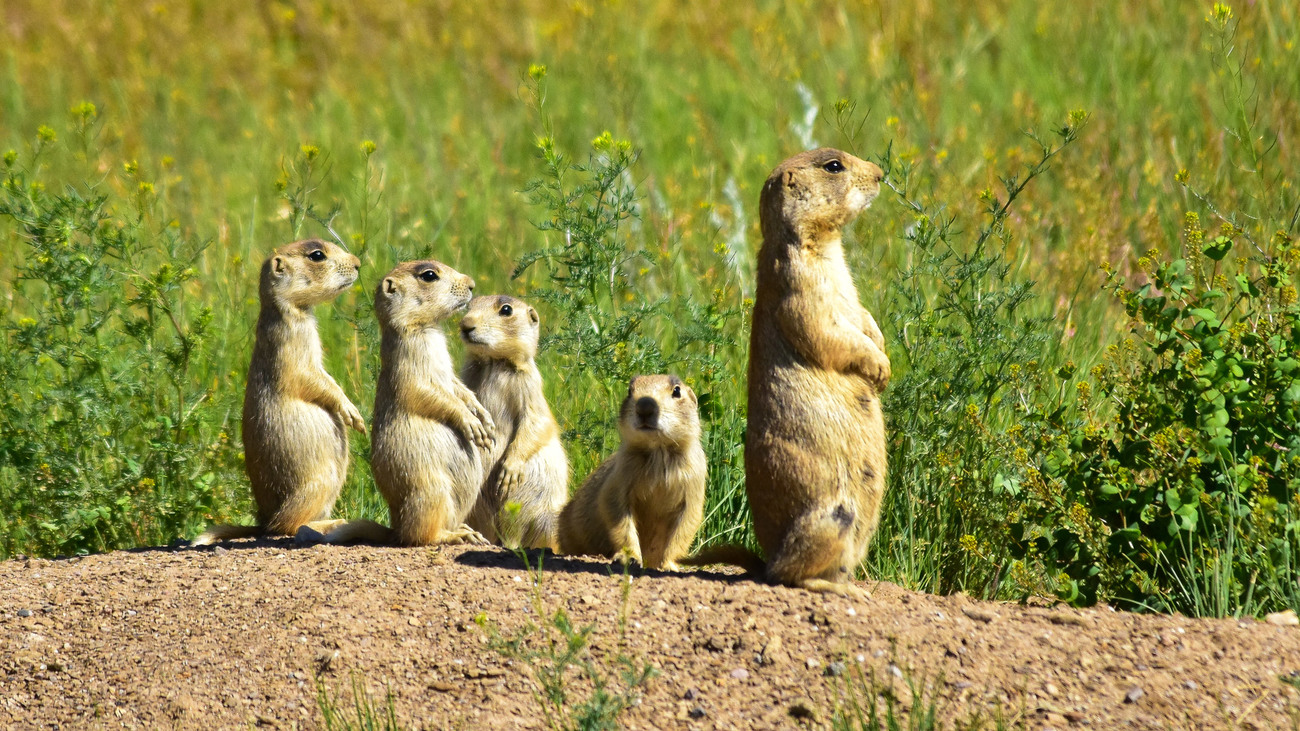
As a conservation and rescue organisation, IFAW is dedicated to helping animals all around the world. Learn more about our work and how you can get involved.
In simple terms, instincts are the internal signals that tell us what we need to do to survive. When you need nutrition, for example, your body will tell you that you’re hungry. Instincts are things that happen without us having to think about them.
Some basic examples of animal instincts include dogs barking, birds migrating, fish swimming, and beavers building dams. Fish don’t have to be ‘taught’ how to swim in the way we go to school to learn arithmetic—they know how to do it as soon as they are born. In the same way, beavers don’t have to take a class in dam-building, and birds don’t have to study geography to find their way home. Their species have evolved over millions of years to adapt to their habitats and understand instinctually how these things are done.
The way these abilities evolve in animals is through natural selection. Over generations, the individuals who have these useful instincts are more likely to survive and pass down these traits to their young. Eventually, the entire species possesses the instinct.
Instincts are behaviors animals do automatically, without needing to be taught. But not every behavior an animal has is instinctual. Some things they have to learn over time, typically from other members of their species. These are called learned behaviors, while instincts are often called innate behaviors.
For example, ducklings watch their mothers to learn how to avoid danger and eat the correct food. Similarly, young prairie dogs learn from adult prairie dogs how to watch out for predators and recognize warning calls. On the other side of the predator-prey dynamic, young coyotes learn hunting skills and the social hierarchy of the pack from their parents.
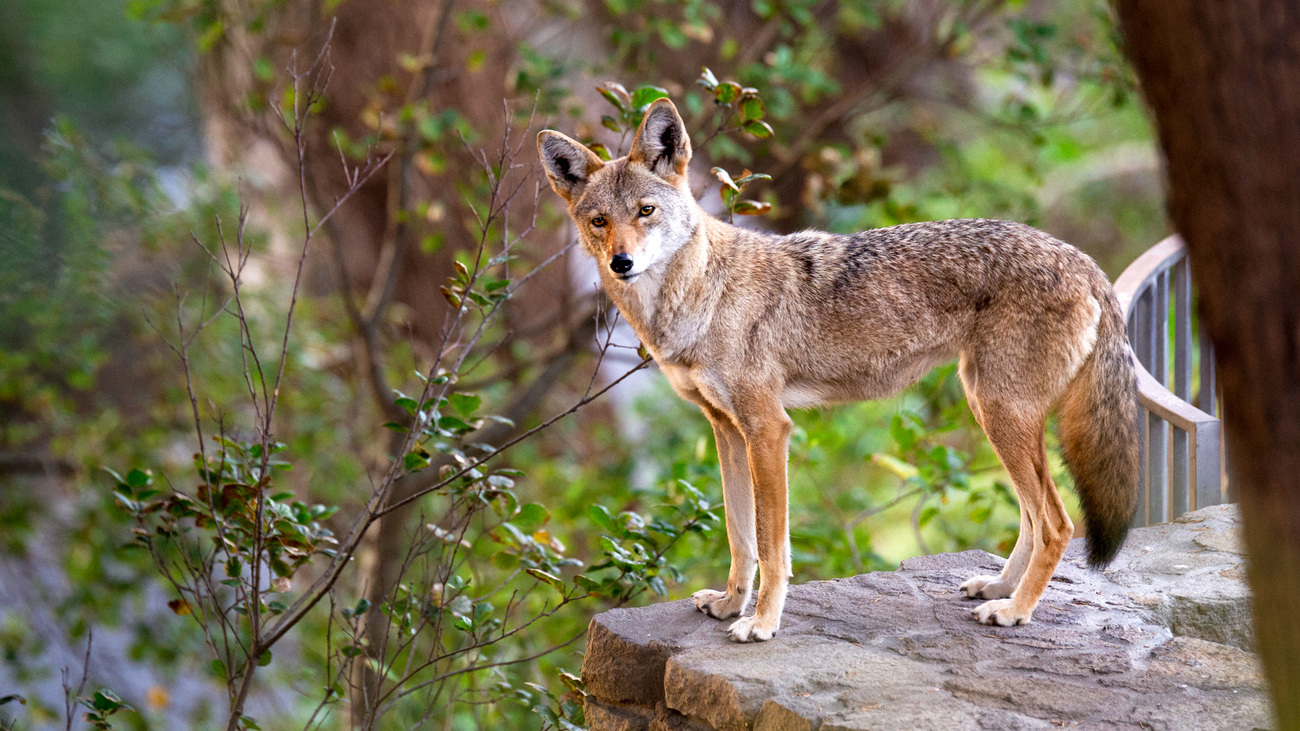
Here are some examples of incredible instinctive behaviors that animals exhibit around the world.
Monarch butterflies travel up to 4,800 kilometers (3,000 miles) in their fall and spring migrations. That’s like driving from Maine to Arizona or from Paris to Tehran with no signage or GPS. These incredibly small animals can fly for up to 160 kilometers (100 miles) in one day, and as a large group, they know exactly where they’re going. Generation after generation of butterflies instinctually find their way to the same homes as their ancestors.
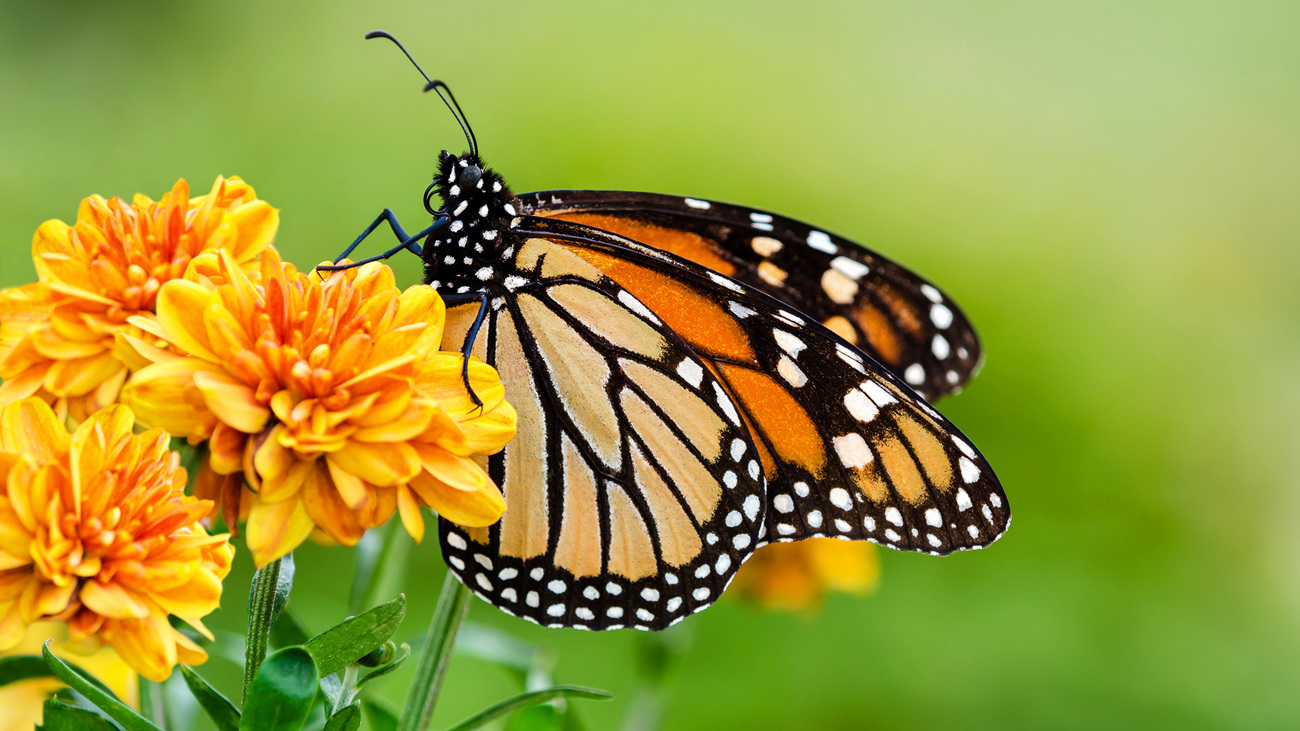
Many bird species embark on similar journeys. The longest migration—by far—in the animal kingdom is that of the Arctic tern. These seabirds fly about 90,000 kilometers (55,923 miles) every year—from the North Pole to the South Pole.
Snails have an interesting survival instinct that some of us humans can probably relate to. When they feel the need to self-preserve, they take very long naps—sometimes sleeping for up to three years at a time.
African lungfish can truly thrive as fish out of water—in the event that one of these fish feels its life is threatened, it secretes a cocoon made of mucus and burrows itself in the soil. The species gets its name from its incredible lung, which has a built-in breathing tube that allows it to breathe using rainwater while buried in the ground. With this amazing instinct, African lungfish can survive out of the water for up to a year.
Another underwater animal, the electric eel, has top-notch survival skills. It instinctually emits an electric shock of 600 to 800 volts when it feels threatened—enough of a shock to kill a horse or knock out a human.
One of the deadliest predator instincts is that of the jaguar. When pouncing on their prey, jaguars know to target the back of the animal’s neck. Piercing it with their incredibly strong jaws and sharp teeth, they kill it instantly.
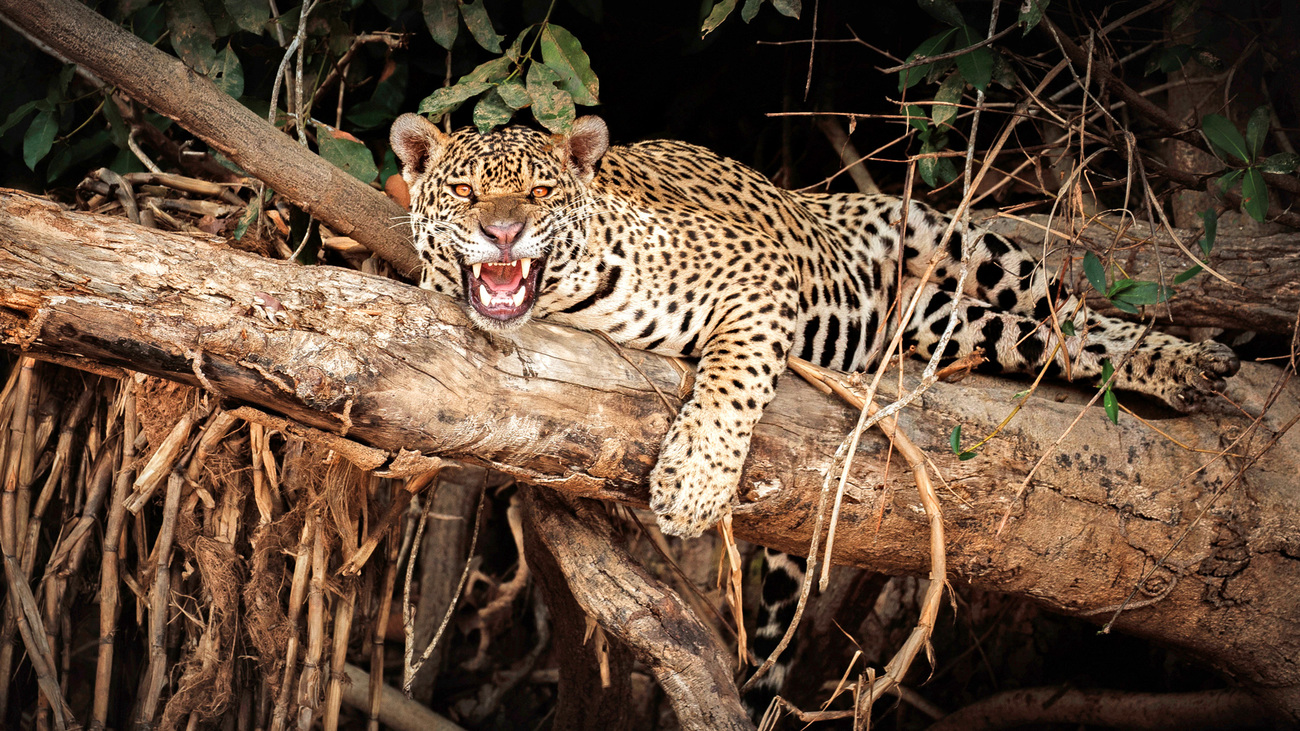
Komodo dragons have fascinating eating instincts. They eat almost any kind of meat, including carcasses, rodents, and even water buffalo. As 68-kilogram (150-pound) reptiles, they eat up to 80% of their body weight in a single meal. At the end of their dinner, they then regurgitate all the parts they can’t digest—including bones, hair, feathers, and scales—into pellets.
Ringtail lemurs have a unique conflict-resolution instinct. Because they live in large social groups, they often experience conflicts during breeding season. Their solution—stink fights. Male ringtail lemurs wave their tails to waft a smell through the air that is produced by the scent glands on their shoulders and wrists. They will do this back and forth with each other until one lemur surrenders.
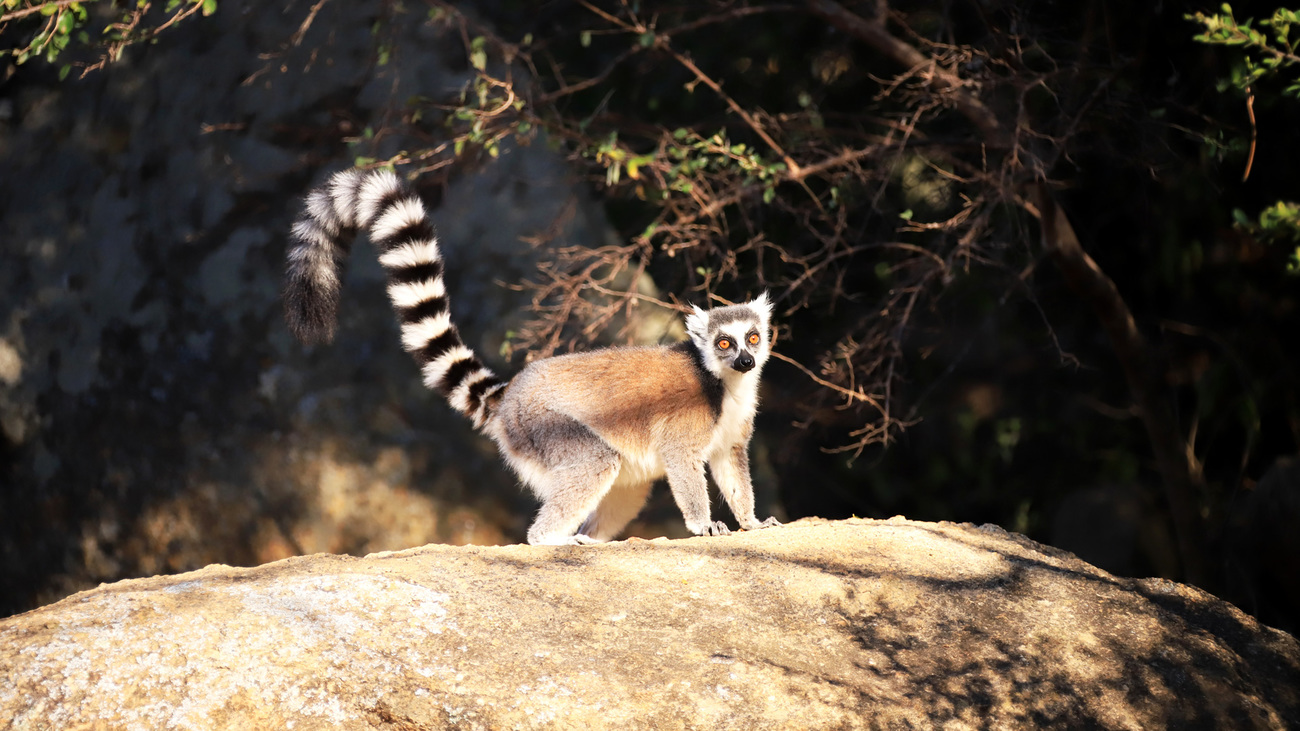
In order to survive in deserts, camels know instinctually to drink a large amount of water when they have the chance. They will drink up to 114 liters (30 gallons) in less than 15 minutes.
Though they’re not great nest builders, pigeons have good co-parenting instincts. Male pigeons sit on the eggs from mid-morning to late afternoon, and females take the evening and overnight shift. Many other birds, such as bald eagles, similarly share the egg-sitting duties.
Great white sharks have sharp predator instincts—though they aren’t as dangerous to humans as you might think, as lethal shark attacks are less likely than dying from a falling coconut. These large ocean animals can sense blood from 4.8 kilometers (3 miles) away and follow it through the ocean.

Assassin bugs, found in Malaysia, have perhaps one of the strangest instinctual behaviors in the animal kingdom. These bugs hunt ants, eat their insides, and then transform their exoskeletons into armour. They wear this new outfit to trick and confuse predators, including birds, rodents, and other bugs—including other members of their species.
In addition to the instincts that cause animals to hunt, flee, forage, or bathe, researchers have noted more complex behaviors that seem to indicate emotional depth in some species.
One fascinating behavior observed in some species is the way they treat their dead. For example, magpies have been known to gather around their deceased flock mates, gently touch the body, and lay twigs and pine needles beside it. Red foxes have also been known to lay dirt and twigs over the bodies of deceased mates.
Elephants have been observed to show great empathy for each other. For instance, when one elephant lags behind the herd due to an injury, the rest of the elephants may stop and wait or walk slower. This behavior is particularly fascinating because it’s not in the best interest of the other elephants’ survival, but they do it anyway.
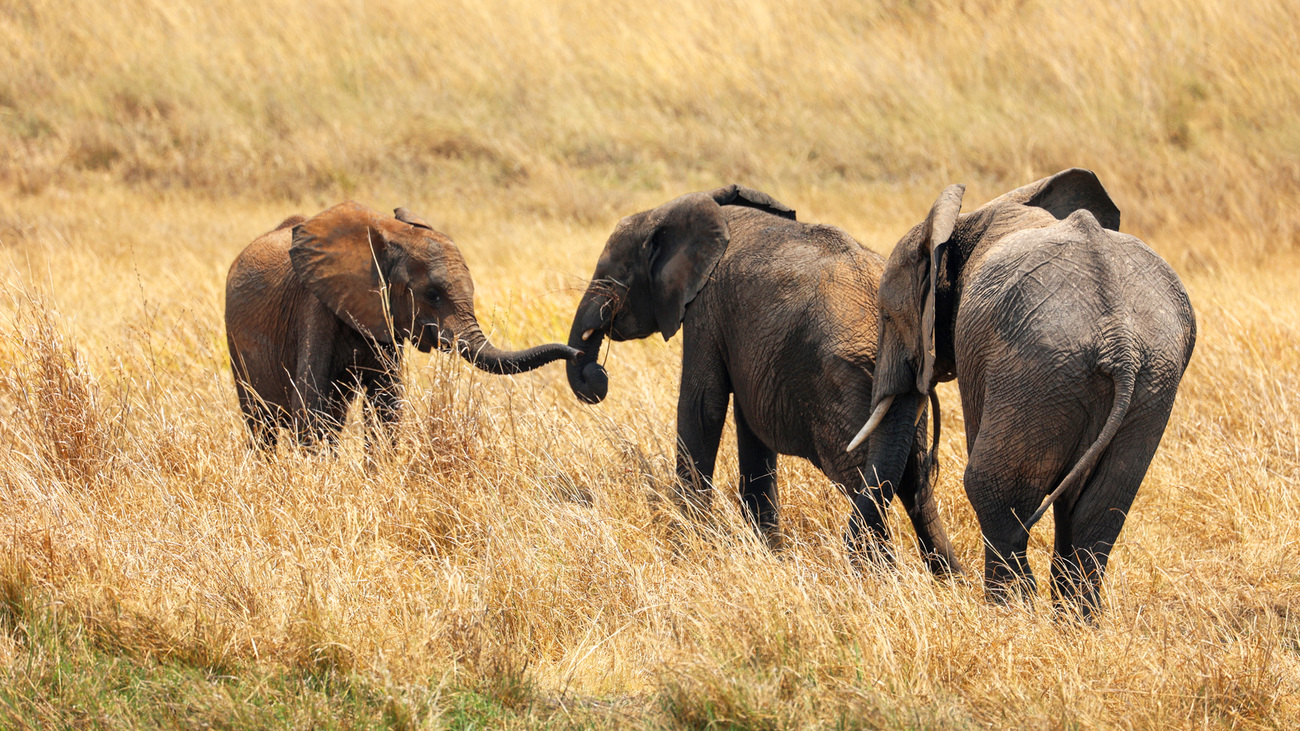
Other animals, such as the chimpanzees observed by Jane Goodall, have been seen dancing with no seeming purpose other than for fun—particularly in the rain or at waterfalls. Goodall also stated that she observed what she believed to be embarrassment in one chimp after he took a tumble from a tree and looked around to make sure no other chimps had seen his fall.
Some animals rescued from precarious situations have been observed showing a form of gratitude to their human rescuers. For example, a female humpback whale who became tangled in fishing gear was freed by a team of divers in 2005. After she was free, she nuzzled each diver and flapped around in an unusual display, seeming to thank the team for saving her life.
African buffalos have been observed practicing a form of voting. When deciding which direction to travel, adult female members of the herd denote their choices by standing, looking in the direction they prefer, and then lying down on the ground.
Not much is known about many of these more complex animal behaviors. It’s unclear whether they are instincts or learned from fellow members of their species. But when animals display signs of having ‘human’ emotions, we often relate to them more or think of them as more intelligent. In reality, so many different species show signs of such ‘intelligence’ and social complexity, from tiny insects to giant whales, even if we may assume all their behaviors are rooted in their basic biological functions like eating, mating, and resting.
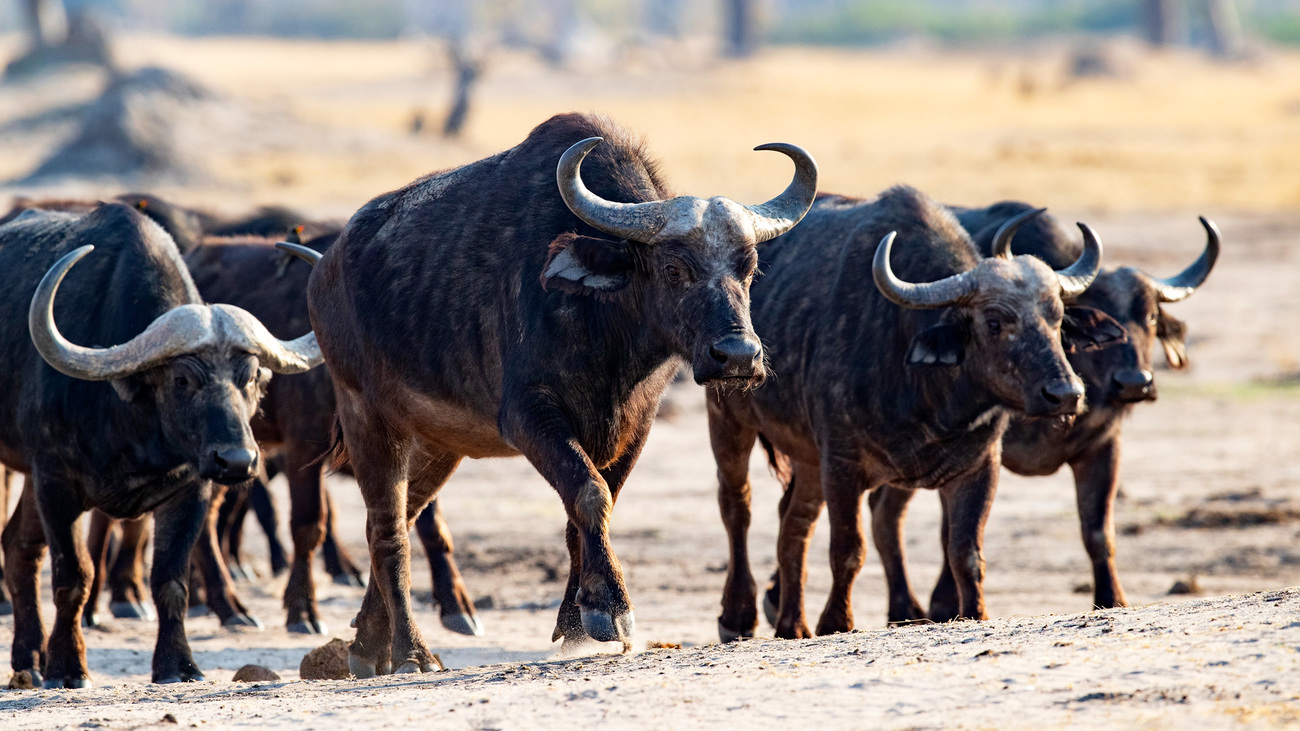
Want to help protect amazing animals like these? Learn how you can get involved and take action with IFAW.
Our work can’t get done without you. Please give what you can to help animals thrive.
Unfortunately, the browser you use is outdated and does not allow you to display the site correctly. Please install any of the modern browsers, for example:
Google Chrome Firefox Safari